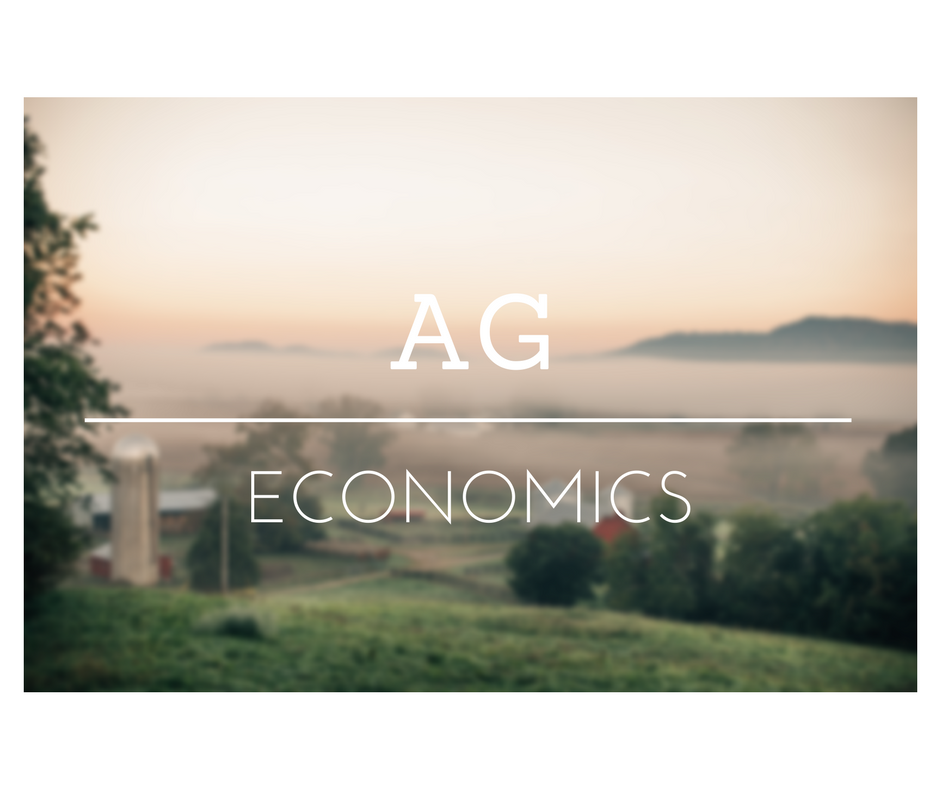The Creighton University Rural Mainstreet Index sprang higher in February from January’s below growth neutral reading. This is the first time since July 2015 the overall index has advanced above growth neutral, according to the latest monthly survey of bank CEOs in rural areas of a 10-state region dependent on agriculture and/or energy.
The overall index soared to 54.8 from 46.8 in January, the highest reading for the overall index since May 2014. The index ranges between 0 and 100 with 50.0 representing growth neutral.
“Given that fewer than one in four, or 23.9 percent, of bankers reported economic growth in their area, the solid February reading surprised me. However, weak agriculture commodity prices continue to weigh on the rural economy,” said Ernie Goss, Jack A. MacAllister Chair in Regional Economics at Creighton University’s Heider College of Business, Omaha, Nebraska.
Sector reports
Farming and ranching: The farmland and ranchland-price index for February rose to 46.3 from 42.2 for January. This is the highest reading since July 2014, but it is the 51st straight month the index has fallen below growth neutral 50.0.
The February farm equipment-sales index jumped to 33.8 from January’s very weak 24.4. This marks the 54th consecutive month the reading has remained below growth neutral, 50.0.
Almost two-thirds, or 63.5 percent of bankers, project that agriculture equipment sales will decline further in 2018. Only 4.9 percent of bank CEOs expect farm equipment sales to expand in 2018. Even so, these projections are an improvement from February 2017, when 73.9 percent of bank CEOs expected a slump in farm equipment sales for the year, and 4.3 percent anticipated an increase in equipment sales. On average a decline of 7 percent is expected for 2018.
Banking: Borrowing by farmers sank for February, as the loan-volume index stood at 53.8 from 54.4 in January. The checking-deposit index fell to 48.8 from January’s 57.8, while the index for certificates of deposit and other savings instruments advanced to 45.2 from 43.5 in January.
Bank CEOs were asked how their banks were dealing with weak farm income. More than four in 10, or 45.2 percent, reported increasing collateral requirements, 21.4 percent indicated rejecting a higher percent of loan applications, and 11.9 percent reported reducing the average size of farm loans.
On the other hand, a third reported no change in their farm lending practices.
“Our response to a weak farm economy is to continue working closely with our customers to get them through the tough times, just like we’ve always done,” said Jeffrey Gerhart, chairman of Bank of Newman Grove in Newman Grove, Nebraska.
Hiring: The employment gauge climbed to 58.8 from January’s 50.0. The Rural Mainstreet economy experienced year-over-year job growth of only 0.4 percent compared to 1.3 percent for urban areas of the states.
Confidence: The confidence index, which reflects expectations for the economy six months out, rose to 52.4 from 46.7 in January indicating rising economic optimism among bankers. “However, an unresolved North America Free Trade Agreement, a weak USDA 2018 farm income projection and anemic agriculture commodity prices continue to undermine economic optimism,” Goss said.
Home and retail sales: The home-sales index moved slightly higher for the Rural Mainstreet economy in February, rising to 52.4 from January’s 51.2. The February retail-sales index improved to a below growth neutral 47.6 from January’s 43.5.
Each month, community bank presidents and CEOs in nonurban agriculturally and energy- dependent portions of a 10-state area are surveyed regarding current economic conditions in their communities and their projected economic outlooks six months down the road. Bankers from Colorado, Illinois, Iowa, Kansas, Minnesota, Missouri, Nebraska, North Dakota, South Dakota and Wyoming are included.
This survey represents an early snapshot of the economy of rural agriculturally and energy-dependent portions of the nation. The Rural Mainstreet Index covers 10 regional states, focusing on approximately 200 rural communities with an average population of 1,300 people. It gives the most current real-time analysis of the rural economy. Goss and Bill McQuillan, former chairman of the Independent Community Banks of America, created the monthly economic survey in 2005.
State reports
Colorado: Colorado’s Rural Mainstreet Index increased to 59.6 from 51.7 in January. The farmland and ranchland-price index expanded to 47.7 from January’s 43.7. Colorado’s hiring index for February rocketed to 68.6 from January’s 60.8.
Kansas: The Kansas RMI for February jumped to 51.1 from January’s 43.1. The state’s farmland-price index rose to 45.1 from 41.1 in January. The new-hiring index for Kansas climbed to 51.5 from January’s 43.6.
Minnesota: The February RMI for Minnesota expanded to 52.9 from January’s 46.5. Minnesota’s farmland-price index rose to 45.1 from 41.1 in January. The new-hiring index for the state climbed to 51.4 from January’s 43.6. Pete Haddeland, CEO of the First National Bank in Mahnomen, said, “Farm cash flow projections for 2018 are very difficult to work (at this time).”
Missouri: The February RMI for Missouri soared to 59.6 from 51.6 in January. The farmland-price index slipped to 42.3 from 43.6 in January. Missouri’s new-hiring index shot up to 68.5 from 60.6 in January.
Nebraska: The Nebraska RMI for February climbed to 54.3 from January’s 46.3. The state’s farmland-price index climbed to 46.1 from last month’s 42.1. Nebraska’s new-hiring index fell to a still solid 57.9 from 60.6 in January.
South Dakota: The February RMI for South Dakota remained below growth neutral, but was up for February to 48.2 from 40.2 in January. The state’s farmland-price index dipped slightly to 40.0 from 40.2 in January. South Dakota’s new-hiring index expanded to 45.8 from January’s 37.9.
Wyoming: The February RMI for Wyoming rose to 52.3 from January’s 44.3. The February farmland and ranchland-price index climbed to 48.9 from 41.5 in January. Wyoming’s new-hiring index expanded to 53.9 from January’s 50.2.
Larry Dreiling can be reached at 785-628-1117 or [email protected].
